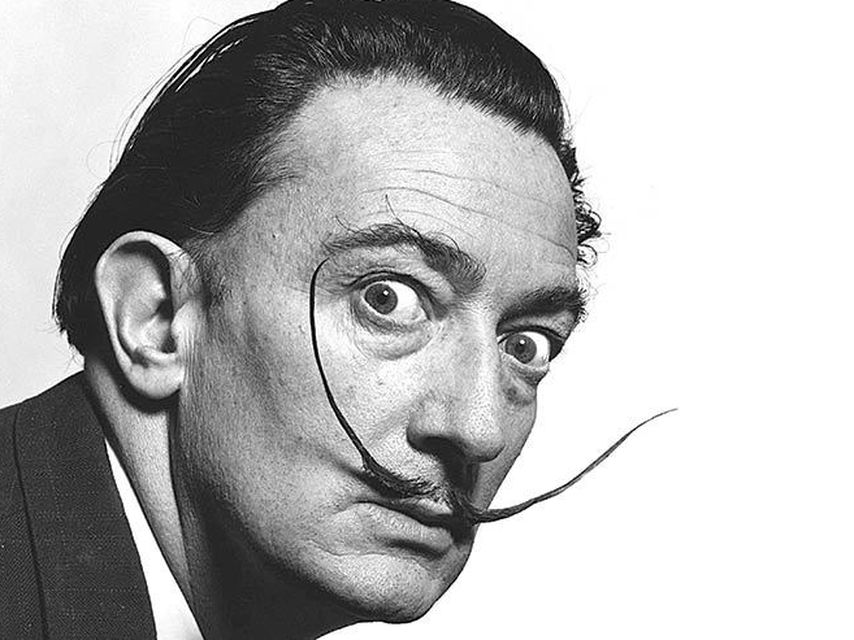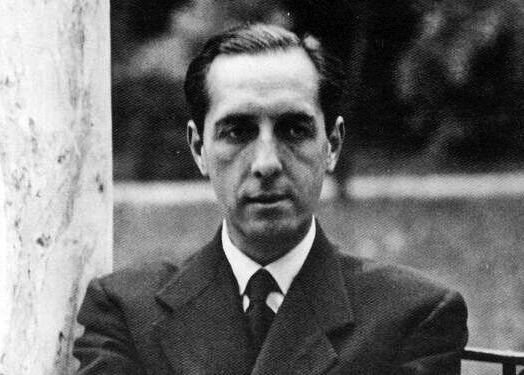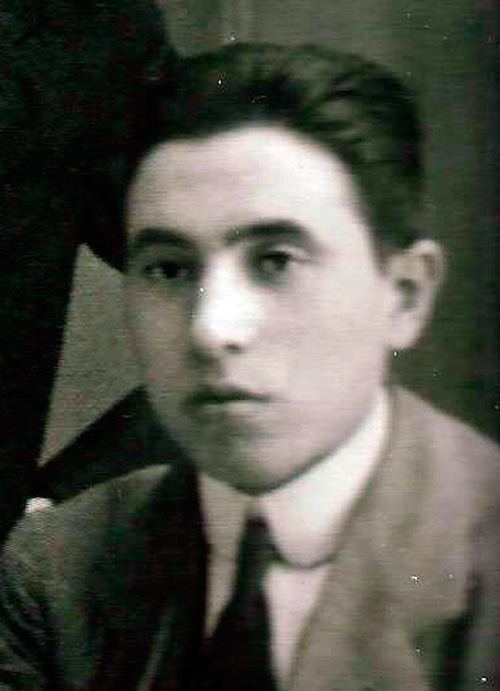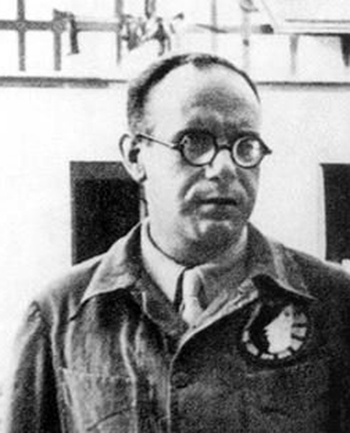Spanish avant-garde painter, one of the leading representatives of surrealism. He had been a friend of Federico García Lorca’s since they met at the Residencia de Estudiantes (Students’ Residence). They maintained a close friendship and brought their aesthetic theories closer between 1925 and 1926, although from 1928 onwards they disagreed and their relationship dwindled to the point of disappearing.
His parents, Salvador Dalí i Cusí and Felipa Domènech, had three children. The first, also called Salvador, was born in 1901 but died at the age of two. This disturbed the future painter, who was obsessed with the idea of being a “reincarnated copy” of his dead brother. In 1908, was born Anna María, who also knew García Lorca and maintained a valuable correspondence with him.
During his training at the Fine Arts School of the San Fernando Academy in Madrid he lived at the Residencia de Estudiantes where he met other young residents, among them Federico García Lorca and the Aragonese filmmaker Luis Buñuel.
Dalí’s training was unique: at only 12 he discovered painting, and specifically Impressionism, thanks to a stay with the family of Ramon Pichot, a local artist who traveled frequently to Paris and kept abreast of the latest artistic developments. After his school years, which were not very successful, he studied with the Marists and at the Figueres Secondary School. He also taught drawing. As early as 1919, he took part in exhibitions and founded the magazine Studium with some friends, where he published his first writings.
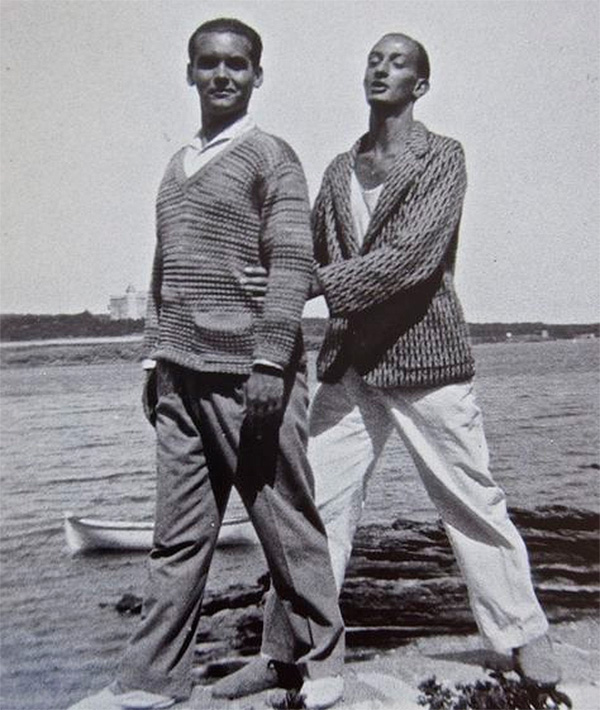
In 1920, he persuaded his father to send him to study in Madrid. During his training at the Fine Arts School of the San Fernando Academy he lived at the Residencia de Estudiantes where he met other young residents, among them Federico García Lorca, the Aragonese filmmaker Luis Buñuel, the writers Pedro Garfias and Eugenio Montes and the unclassifiable Pepín Bello, who were to exert a decisive influence on the Spanish cultural world.
In the spring of 1925, García Lorca accepted Dalí’s invitation to spend Easter at his house in Cadaqués. Lorca took the opportunity to read to Dalí Mariana Pineda, whose premiere, with sets by Salvador himself, was delayed by Primo de Rivera’s censorship until 1927. During those years, Federico and Salvador maintained a close friendship. The possible love affair between the two has been a source of constant controversy and speculation. The visit allowed him to begin a close friendship with Anna María Dalí, reflected in a beautiful collection of letters that are preserved in the Lorca Research Center in Fuente Vaqueros. “Blessed are you, Ana María, mermaid and shepherdess at the same time, brunette of olives and white of cold foam, daughter of the olive trees and niece of the sea”, the poet wrote to her.
The friendship between the poet and the painter is further reflected in Dalí’s collaboration with the avant-garde magazine gallo, promoted by Federico García Lorca in 1926 from Granada.
The definitive estrangement with Lorca would occur in 1929 after the premiere of ‘An Andalusian Dog’, the film shot by Buñuel in collaboration with Dalí.
In 1927, García Lorca returned to Catalonia, where he stayed for a long period: four months. Lorca, who was finalizing the Gypsy Ballads, took the opportunity to exhibit his drawings at the Dalmau Galleries and to premiere Mariana Pineda on June 24 at the Goya Theater, the first of an important collaboration with the actress Margarita Xirgu. The farewell between friends leaves a trace of sadness: “Now I know what I’m losing by leaving you. The impression that Barcelona gives me is that everyone is playing and sweating concerned about forgetting”, writes Dalí. And Lorca: “I had such a good time in Cadaqués that I think it was a good dream I had”.
The relationship, however, soon ended. The triumvirate that had reigned at the Residencia de Estudiantes (Dalí, Lorca and Buñuel) fell apart. Buñuel reproached the poet for his “false” surrealism and Dalí attacked him for the Ballads: “Your poetry is linked by feet and arms to the old poetry […]. Your poetry moves as a result of the illustration of the most stereotyped and conformist common places”. The definitive estrangement came in 1929 after the release of An Andalusian Dog, the film shot by Buñuel in collaboration with Dalí. The Aragonese director attributed the following phrase to Lorca: “Buñuel has made a little piece of shit called An Andalusian Dog and that dog is me”. Lorca, angered by the treatment of his friends and deeply affected by the sentimental rupture with the sculptor Emilio Aladrén, decides to travel to New York on the advice of Fernando de los Ríos.
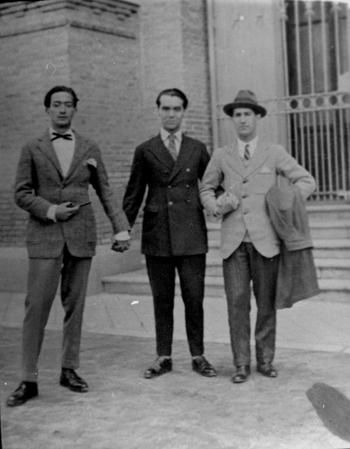
In 1929, Dalí visited Paris again and came into contact with the Surrealists. From the 1930s onwards, he exhibited in Paris and the United States. He met Gala, then the wife of Paul Eluard, whom he married in 1934. Dalí thought he had already achieved the style that would define him artistically and was integrated into surrealism. But when he exhibited at the Salon des Indépendants at the Grand Palais in Paris in 1934, he did not take into account that the other Surrealists had decided not to participate, which aroused the anger of André Breton, who demanded his expulsion from the group. Dalí had decided that Surrealism did not imply a left-wing political position. In fact, after the Civil War he openly supported Franco, who thanked him for his contribution to “cleansing Spain of destructive forces”.
In 1940, he and Gala moved to the United States. He began to design jewelery and collaborated on librettos, sets and costumes for various ballets. It was a golden age tainted by economic interest: avida dollars, that is, thirsty for money, as Breton nicknamed him, interpolating the letters of his first and last names. This is the period in which he collaborated for Hollywood and his international fame and prestige reached the highest levels, at the same time as he became conceited and fatuous. He consumes style and epochs: he moves from mysticism to science and holography. In 1974, he opened the Dalí Theater-Museum in Cadaqués.
He died in Figueres on January 23, 1989.
